The 50th anniversary of Earth Day will be spent sheltering in place, social distancing, and quarantining. While our climate conscious friends switch to global digital mobilizations, we invite you to pick up a book on creating a more sustainable world.
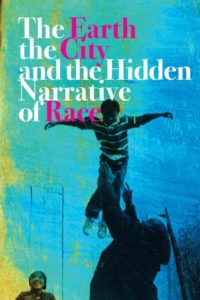
The Earth, the City, and the Hidden Narrative of Race
The earth and its people are inextricably intertwined; the fight for ecological sustainability cannot be won without a serious reckoning with racism, past and present. —African and Black Diaspora: An International Journal
Carl Anthony is an environmental and social justice leader and the founder of Urban Habitat. His rich narrative describes both being at the mercy of racism, urban disinvestment, and environmental injustice as well as fighting against these forces with a variety of strategies. Now available on Audible.
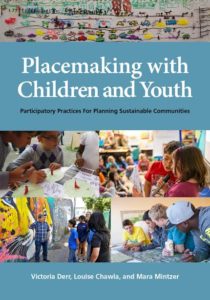
Placemaking with Children and Youth: Participatory Practices For Planning Sustainable Communities
This wonderful book recognizes that sustainable development calls for highly participatory local communities, including children and youth, who can cooperatively plan for and flexibly respond to environmental change. —Roger Hart, Professor, Psychology and Geography, Graduate Center of the City University of New York; author, Children’s Participation
Whether seeking information on individual methods and project planning, interpreting and analyzing results, or establishing and evaluating a sustained program, readers can find practical ideas and inspiration from six continents to connect learning to the realities of students’ lives and to create better cities for all ages.
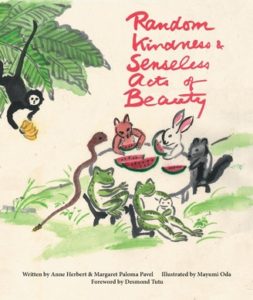
Random Kindness and Senseless Acts of Beauty
We can indeed transform the world, and we are each called to take part in this sacred work. Wherever you are, you can create beauty. Moment by moment, you can create joy. Instant by instant, you can offer kindness. —Desmond Mpilo Tutu
The message of this book is the sweet realization that each person can become an agent of goodness and beauty. All royalties for this twentieth-anniversary edition will be donated to community resiliency across boundaries and antinuclear advocacy.
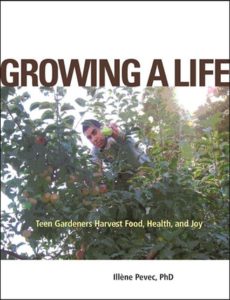
Growing a Life: Teen Gardeners Harvest Food, Health, and Joy
Growing a Life shines a spotlight on youths’ transformational experiences in their urban school gardens—improving their health, their connections to their communities, and their empathy and care for the Earth. Every educator and school administrator should have a copy. —Sharon Gamson Danks, founding director of Green Schoolyards America
Extensive research, supplemented by beautifully candid interviews with students, illustrate the life altering physical and mental benefits that mentored gardening programs can provide.
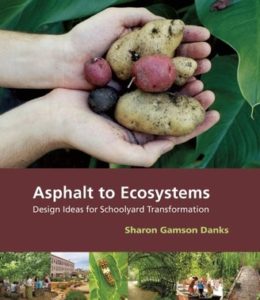
Asphalt to Ecsystems: Design Ideas for Schoolyard Transformation
The carefully crafted text, profusely illustrated with closely observed examples, convincingly demonstrates how ecologically rich environments can serve the triumvirate of children’s play, learning, and education―and the good health of both children and planet. ―Robin Moore, MCP, Director, The Natural Learning Initiative, North Carolina State University
With this book, Danks broadens our notion of what a well-designed schoolyard should be, taking readers on a journey from traditional, ordinary grassy fields and asphalt, to explore the vibrant and growing movement to “green” school grounds in the United States and around the world.
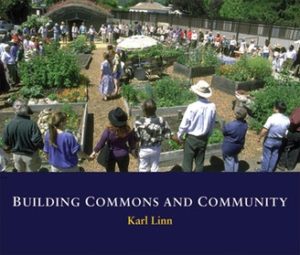
Building Commons and Community
Karl Linn’s compassion, humanity and insight into what makes good community design—and what, in fact, makes community itself—is exactly what much of the world needs to develop if we are to evolve beyond our current frightful state of affairs. ―Alice Walker, author of The Color Purple
Karl Linn’s book documents the creativity and ingenuity of working-class citizens, students and volunteer professionals who transformed derelict vacant lots and drab institutional settings into colorful and lively community commons in Boston, New York, Newark, Baltimore, Philadelphia, Washington DC, Louisville KY, Pittsburgh, Columbus OH, Chicago, St. Louis, San Francisco and Berkeley.
